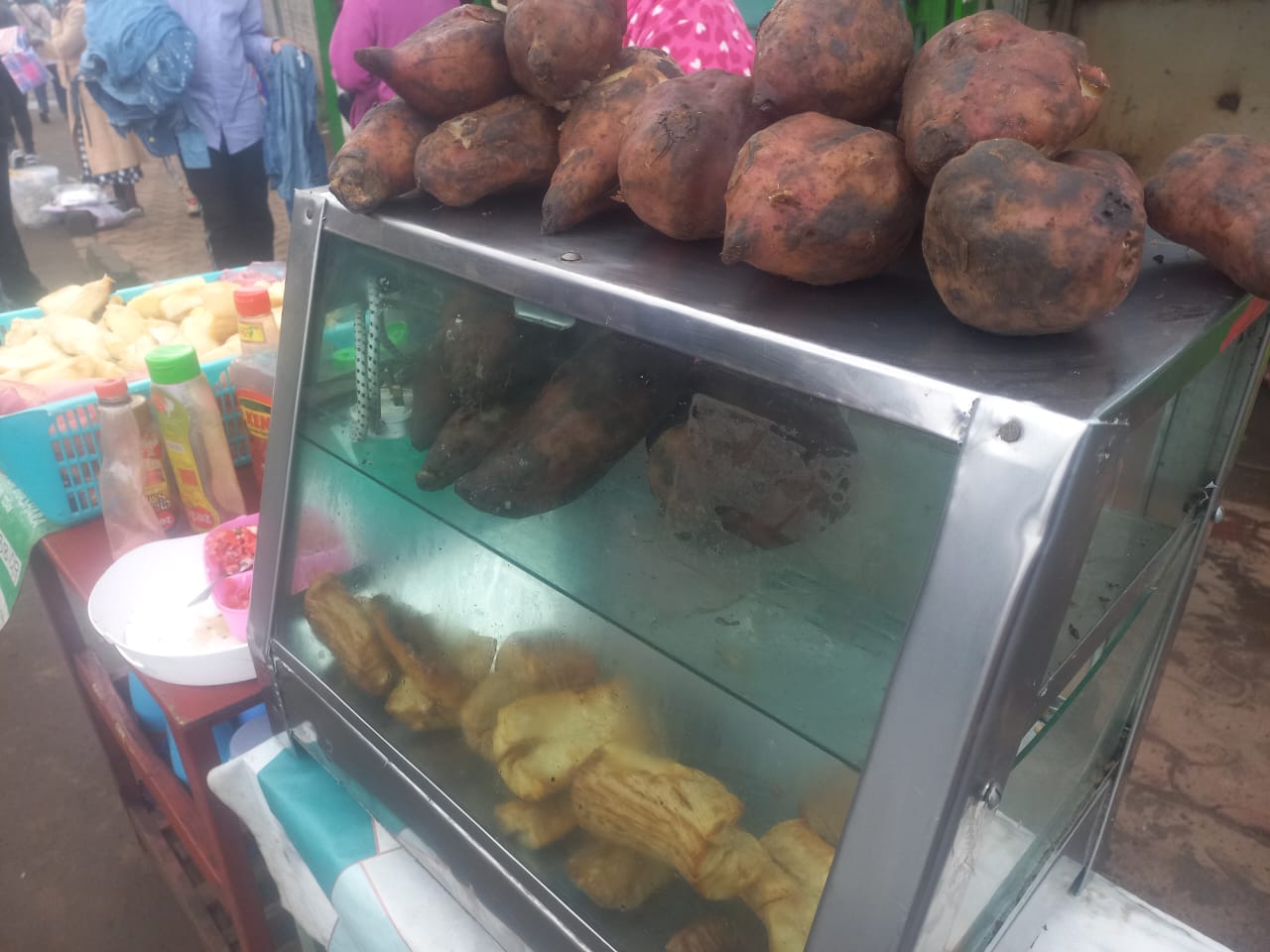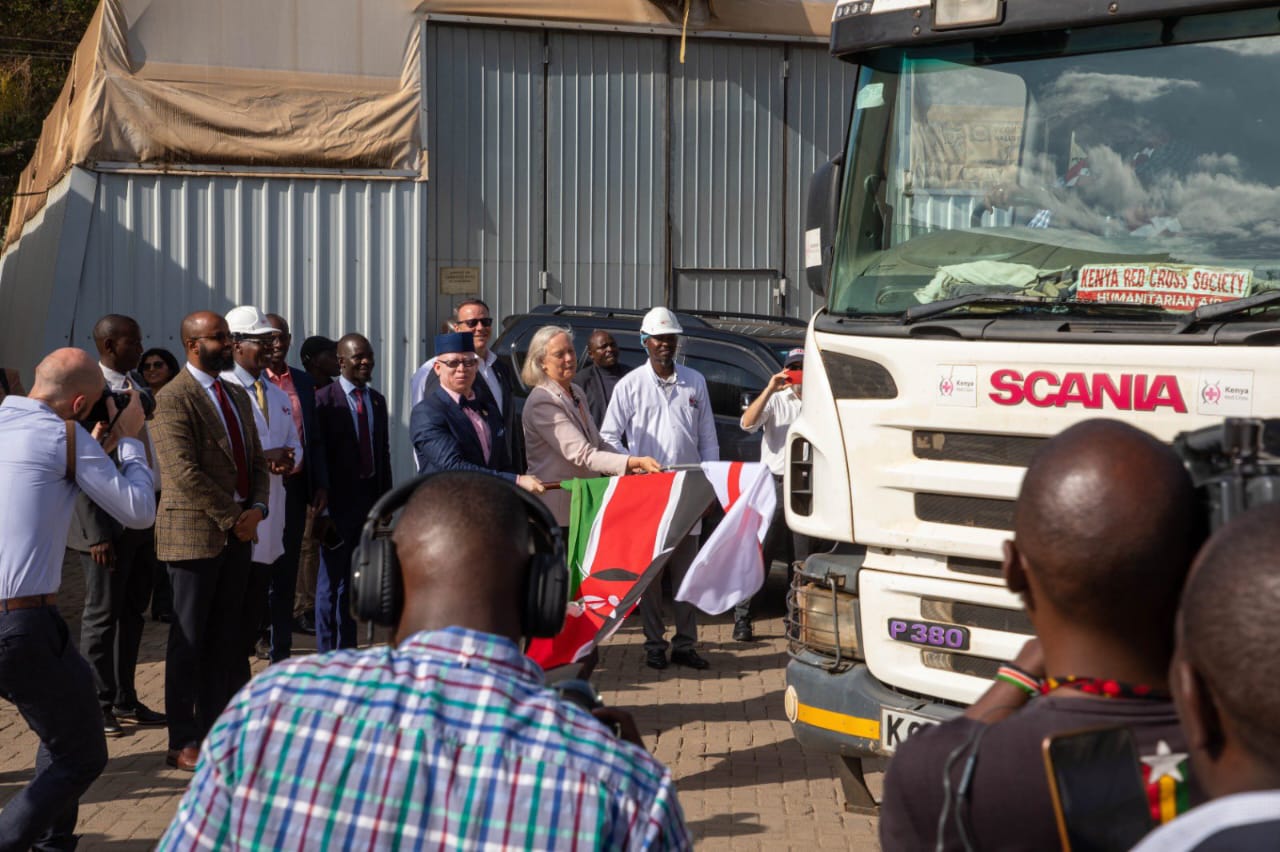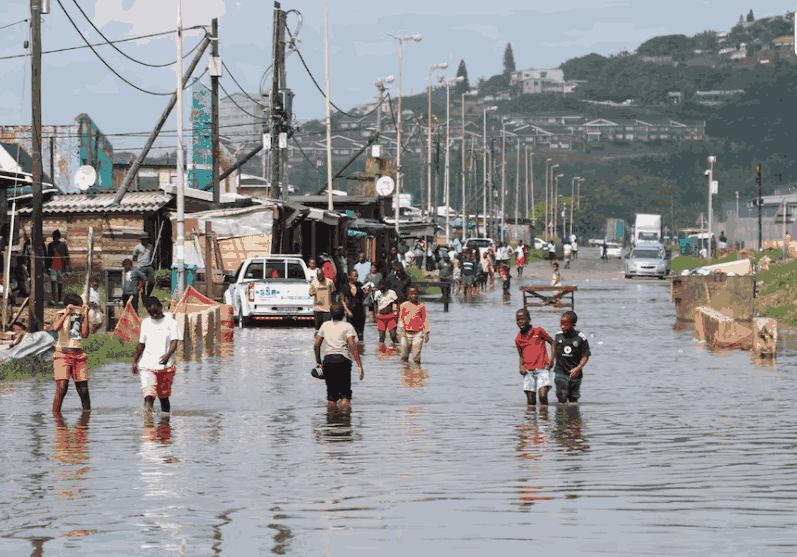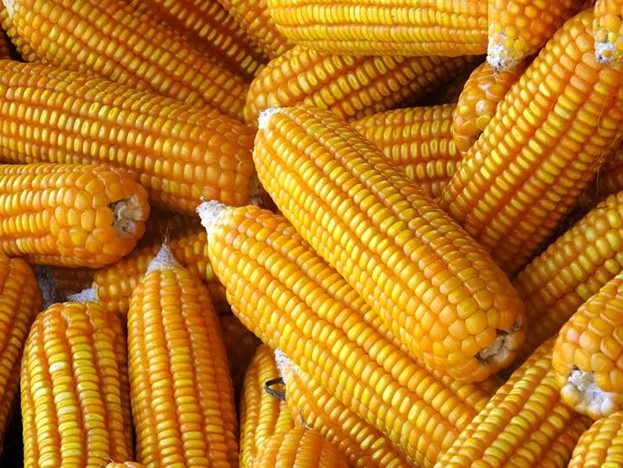Report: East Africa to power Africa’s economic growth in 2025
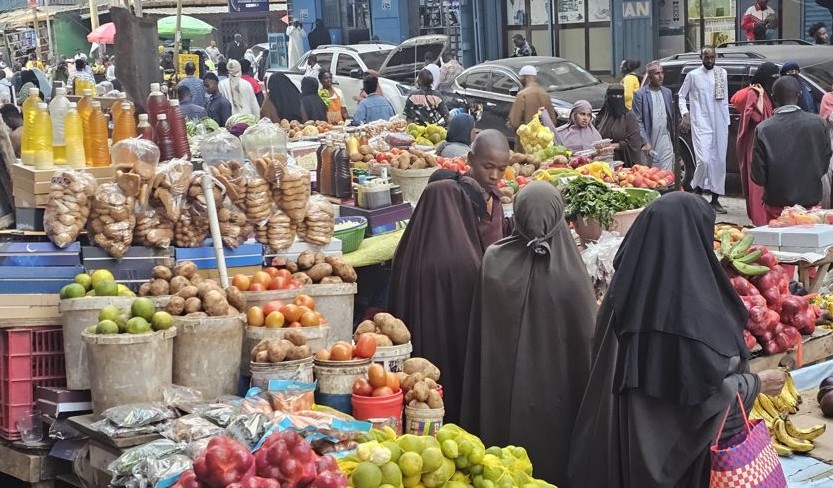
East Africa’s projection is an upgrade from 4.4 per cent in the previous year, with the lender backing agriculture and services sectors as the main drivers of the growth.
East Africa will post the strongest economic growth this year to spearhead the continent’s 2025 growth prospect, compared to other regions on the continent.
According to Afreximbank’s 2025 African Economic and Trade Outlook, the region is poised to lead the others with a GDP growth of 5.7 per cent.
More To Read
East Africa’s projection is an upgrade from 4.4 per cent in the previous year, with the lender backing agriculture and services sectors as the main drivers of the growth.
Nevertheless, it adds that the region is anticipated to maintain strong momentum, with GDP growth exceeding 6.0 percent by 2027.
“A significant change in the dynamics of the eastern region is the expectation that the Sudanese economy will stabilise after recovering from the impacts of internal conflict,” the report says.
Notably, the other regions are also poised for an improvement in the period under review.
Northern Africa is projected to grow by 3.8 per cent this year, from 3.2 per cent in 2024, eventually reaching 4.1 per cent in 2026.
Southern Africa is projected to rise by 0.4 percentage points, reaching 2.6 percent this year and 3.0 per cent by 2027.
In the central part of the continent, GDP growth is projected to experience a modest growth increment, from 3.9 per cent in 2024 to 4.2 per cent this year.
Western Africa, on its part, is poised for a growth shift from 4.1 per cent last year to 4.4 per cent this year, followed by a stabilisation of approximately 4.2 per cent for 2026 and 2027.
Generally, the continent's growth prospect has been upgraded to 4.0 per cent this year, reaching 4.1 per cent in 2026 and 4.2 per cent in 2027.
In 2024, the continent experienced a GDP growth rate of 3.4 per cent, fuelled by robust domestic consumption and a thriving services sector.
“Encouragingly, 41 per cent of African economies are expected to grow at rates of five percent or higher, nearly double the global average, reflecting the continent’s expanding role as a driver of global growth,” the lender said.
Despite the optimistic outlook, the lender warns that the continent continues to face a range of downside risks that could hinder its growth prospects in the medium to long term.
Firstly, it highlights heavy reliance on commodity exports, a challenge it says makes African countries vulnerable to fluctuations in world commodity prices.
“This dependence leads to significant volatility in their economic output and export earnings. To reduce their exposure to these price fluctuations, it is crucial to accelerate the structural shift to a more diversified and resilient economy,” the lender said.
Other challenges highlighted by the lender include debt sustainability, human capital and skill development, weak social outcomes of economic growth and the growing concerns about environmental degradation and the increasing frequency of extreme weather events.
Top Stories Today
